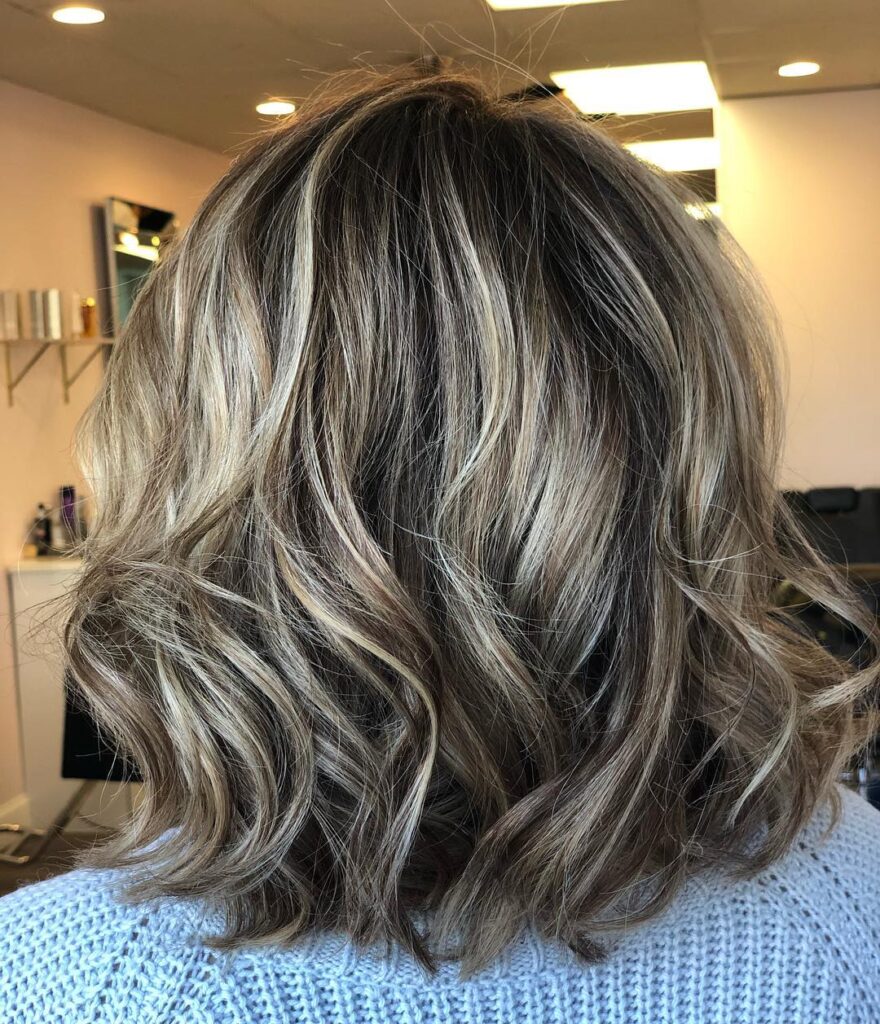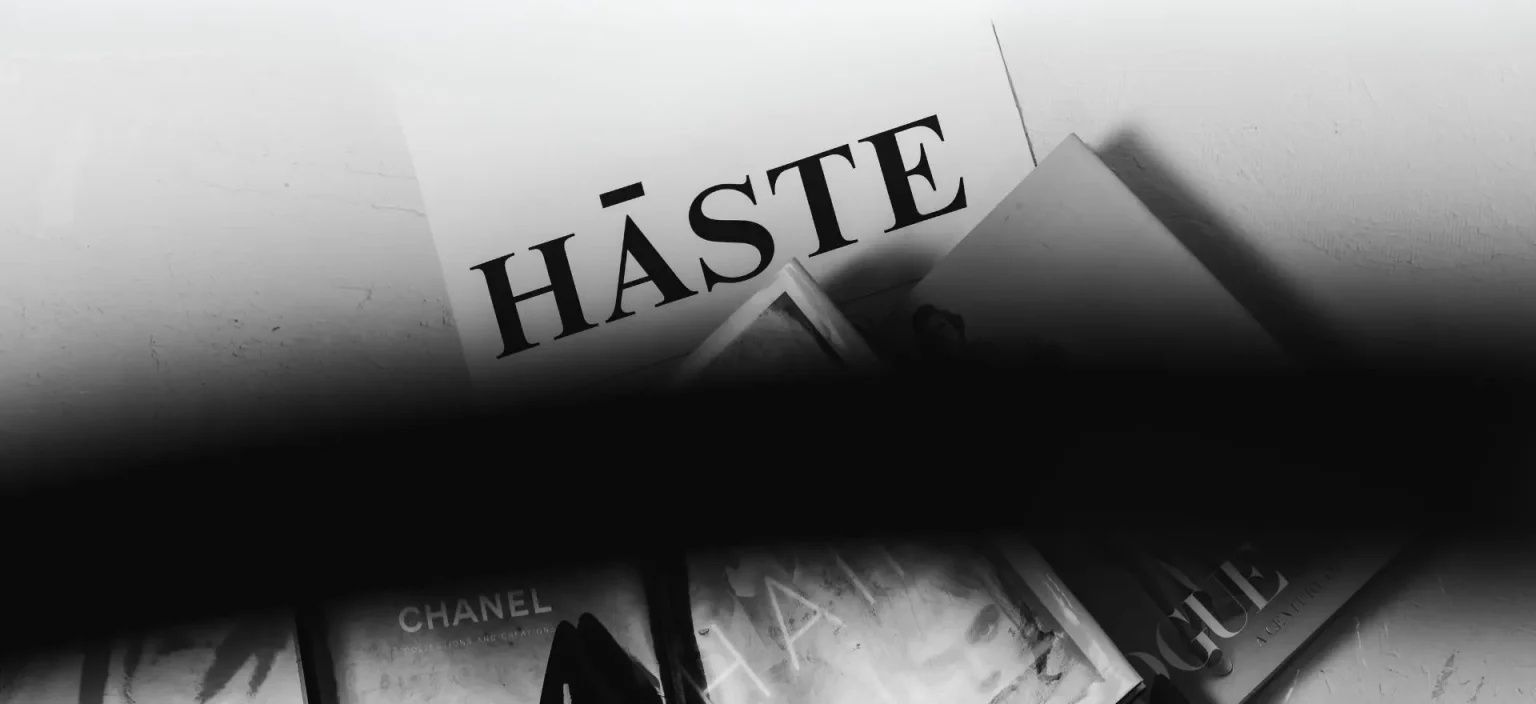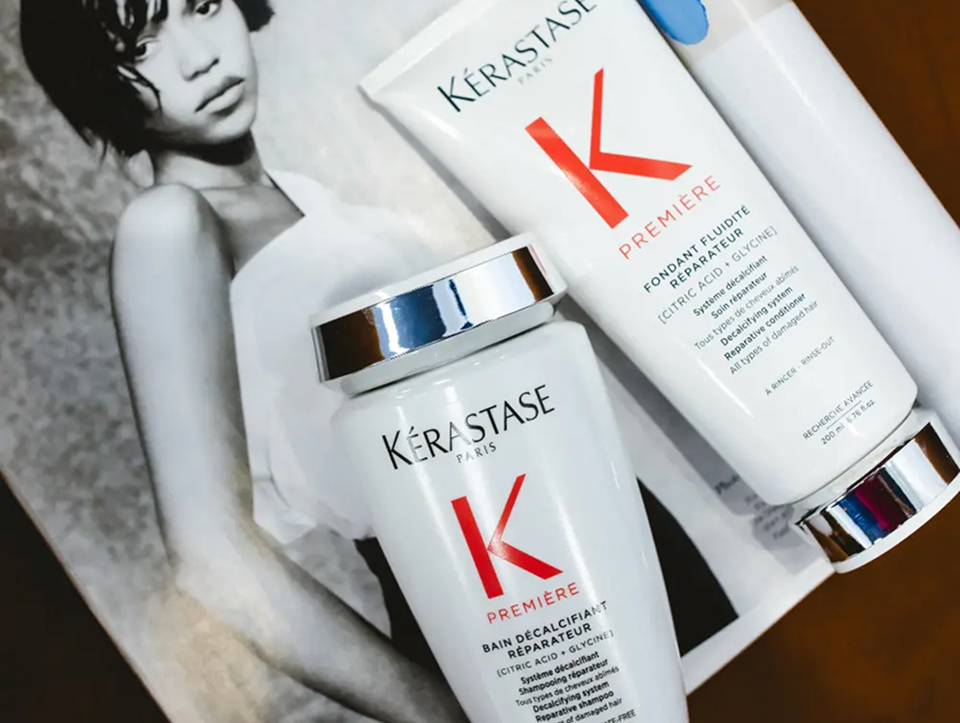You have heard about haircut stories becoming a horror more than a pleasure. Yes, we know a terrible haircut can traumatize you.
So, why not learn how to communicate effectively with your hairstylist to ensure you get a perfect cut? With some tips, you can avoid that haircut nightmare and get what you want.
Additionally, it is beneficial to understand key hair terminology; we are available to assist.
Consult Your Hairstylist
Before shampooing your hair, it is essential to have a detailed consultation with your hairstylist. This step is crucial for clear communication, ensuring that you and your stylist have a shared understanding of your hair needs and desired outcomes.
Your stylist needs to see your hair in its natural state, so please refrain from arriving with an unshowered ponytail. Also, be sure to tell your stylist exactly what you want when you schedule any highlights.
Your input is crucial in this process, as it enables your hairstylist to assess the growth patterns and texture of your hair before starting, empowering you to achieve your desired look.
If you’re still undecided about which haircut to choose, now is the perfect time to consult with your stylist and explore your options.
5 Tips on How to Talk to Your Hairstylist
When it comes to getting the perfect haircut and style, it’s important to remember that your hairstylist is more than just a service provider – they’re a partner in your haircut journey. Consulting with them before making any decisions is crucial. Several other tips can also help ensure you get the right women’s haircut and style.
1. Bring Along Images

Bring more than one picture, but a few, as it can be effective. You can point out what you love about each one. However, be very specific about what you want, and an excellent place to start is on places like Pinterest. Doing this lets you know what you want before visiting the salon.
2. Share Your Habits
Being honest about your habits is another good place to start when considering how to communicate with your hairstylist. Discuss this with your stylist, whether you give your hair a blowout daily or just a brush before heading out the door. With your hair grooming habits, the stylist can help you decide what haircut will work best.
3. Hair Texture

Also, discuss your hair texture with your hairstylist, whether it is tight curls, thick, thin, or straight, as you want your haircut to complement your hair texture effectively.
4. Be Specific About the Hair Length You Want
Refrain from using words like ‘I want my hair long’ or ‘I want my hair short,’ as they will not help and leave too much room for variation. Refrain from discussing losing so many inches. A tip is to take your hands and show where you would like your hair to fall. Doing this gets you and the stylist on the same page for a perfect cut.
5. Always Speak Up
Your stylist cannot read your mind. After having a thorough consultation, never hesitate to reconfirm your plan. Do this before the scissors come out. Always pay close attention while the stylist cuts your hair to ensure they do as you wish and do not leave you frustrated.
Know The Haircut Terms

Another great way to communicate with your hairstylist is to learn some basic styling terms, ensuring you are both on the same page.
Calligraphy Cut
Haste Hair is a salon trained in this cut. It is a new hair-cutting technique that uses special tools to cut your hair. It creates body, volume, and movement to help minimize the blow-dry time. It is also lighter yet softer at the same time.
Weight Removal
If you prefer a lighter, looser, flowing hairstyle, ask your stylist to remove some weight. The hairstylist uses razors or scissors to carve out some of the hair.
Dusting
If you only want a trim, choose dusting, which involves cutting only your broken and split ends.
Point Cutting
The technique involves using scissors with a vertical point to add a light texture to the ends of your hair, giving it a softer edge.
Razor
When your stylist uses the razor, they can remove a lot of volume, creating texture without adding any layers.
Bangs
One thing is sure: not all bangs are the same. You can have blunt & heavy, straight across, light & wispy, and side-swept bangs. So, ensure to explain what type of bang you want.
Layers
When you ask for layers, your hairstyle will create short pieces that seamlessly blend with your longer hair. This adds volume and dimension, helping to indicate where you would like the shortest layer.
Bob
A bob is when the weight line, usually a cut in an area holding the most weight, is done around the chin or below your ears. For a more extended version, known as the lob cut, the hair will graze your collarbone.
Blunt Cut
The blunt cut is also a heavy or solid cut without layers. The stylist will cut your hair straight to create a sharp yet graphical line.
Pixie Haircut
The haircut is done close to the scalp but can vary in style and length. So, it helps to bring pictures along to get what you want.
Overdirecting
A haircut is when hair is lifted and cut over the head to add body and volume, often with excessive layers.
Brazilian Blowout
The Brazilian blowout also adds volume to your body and hair. To learn more about this technique, check out the difference between a hair botox and a Brazilian blowout.
Coloring Terms

While learning how to communicate effectively with your hairstylist and understanding the various terms is essential for the best cut, some coloring terms can also be helpful.
- Balayage: This technique involves hand-painting highlights, where the light naturally brightens the hair from the sun.
- Highlights: Your stylist will add lightening strands using a hair lightener or color with tinfoil wraps or a cap.
- Root Touchups: Your stylist will add a color to match your existing color.
- Ombré: It only colors the ends to contrast with your hair.
- Single Process: You can choose any color in one step, like permanent coloring.
- Color Melt: Your stylist will combine multiple shades to blend them without visible lines.
- Sombré: Color the ends subtly to contrast with the rest of your hair.
- Corrective Color: Changing your color or correcting an over-the-counter coloring can require two or more steps.
- Glaze: It can comprise a demi- or semi-permanent color to help enrich, tone down, or intensify your color-treated hair.
Wrap-Up: Are You Ready to Talk to Your Stylist?
Discussing your hairstylist with the above-recommended tips will ensure you receive a perfect haircut tailored to your face shape.
Most importantly, do not hesitate to discuss your hairstyle needs with your stylist. At Haste Hair, our stylists are experienced and knowledgeable, ready to guide you through the process. If you’re still undecided about what to achieve, talk to us. We follow holistic methods and use the best products.
Our stylists will do everything possible to ensure you receive a perfect cut as requested. No matter the time of year, book an appointment with us to get the new hairstyle you have been dreaming about.
FAQ
How do I start describing the haircut I want to my stylist?
When describing the haircut you want to your stylist, bring in pictures for reference and use descriptive words to convey the length, layers, and overall look you aim for. Communicating clearly and seeking your stylist’s professional opinion and recommendations, tailored to your hair type and face shape, is essential.
What should I include when describing the length of my haircut?
When describing the length of your haircut, include details such as whether it’s short, medium, or long, specific measurements, references to the style like layers or bangs, and the type of cut, such as a bob or pixie.
What if I’m unsure about what haircut I want?
If you need more clarification about your desired haircut, gathering some inspiration is a good idea. You can look at hairstyle magazines, browse online for haircut ideas, or even consult with a professional hairstylist who can provide recommendations based on your hair type and face shape. Before making a decision, it’s essential to consider the styles you like and what will work best for you.
How can I ensure my stylist understands my vision?
Use a combination of verbal description, visual aids (photos), and clear, specific terms. Ask your stylist to repeat their understanding to ensure you’re on the same page. Engage in an open conversation, and don’t hesitate to ask questions.
What should I do if I don’t like the haircut after it’s done?
Communicate your concerns to your stylist in a polite and prompt manner. Most stylists will be willing to make adjustments to achieve the desired look.










